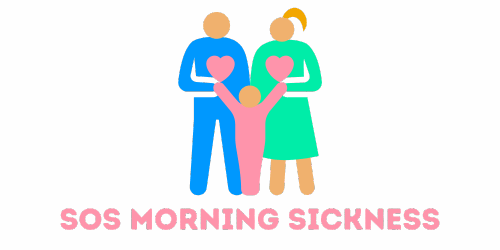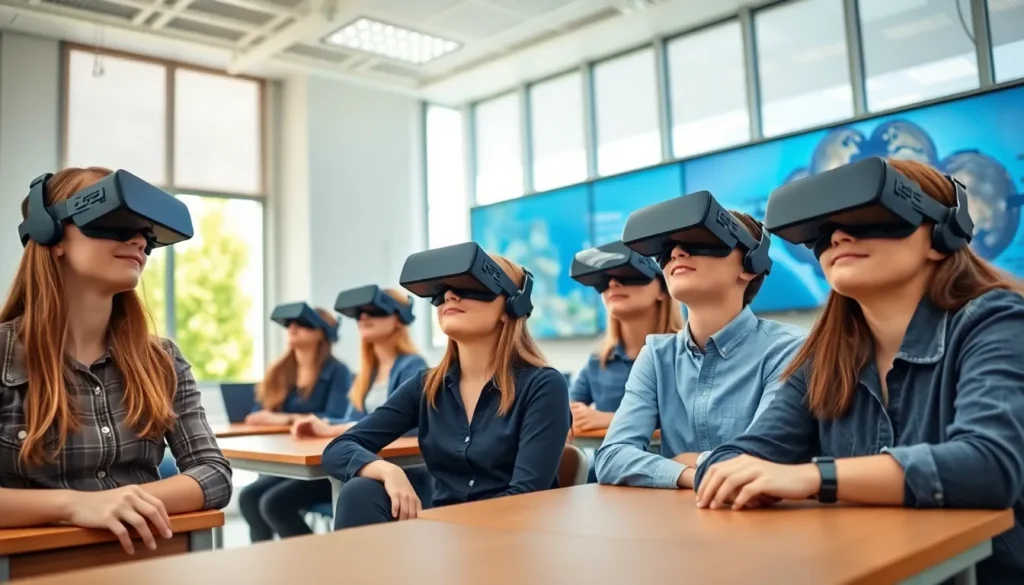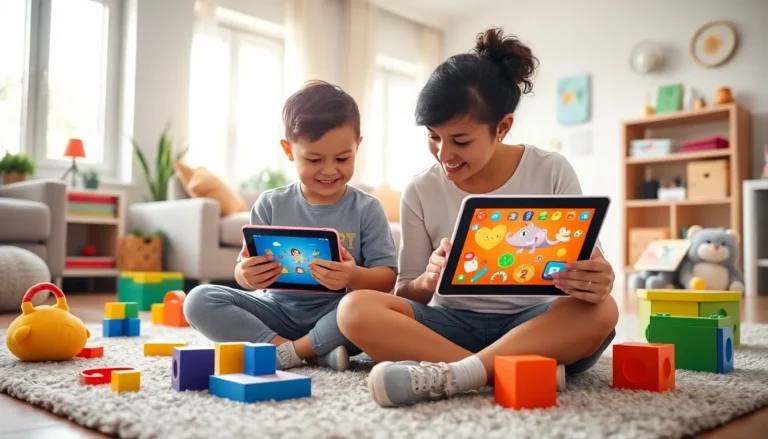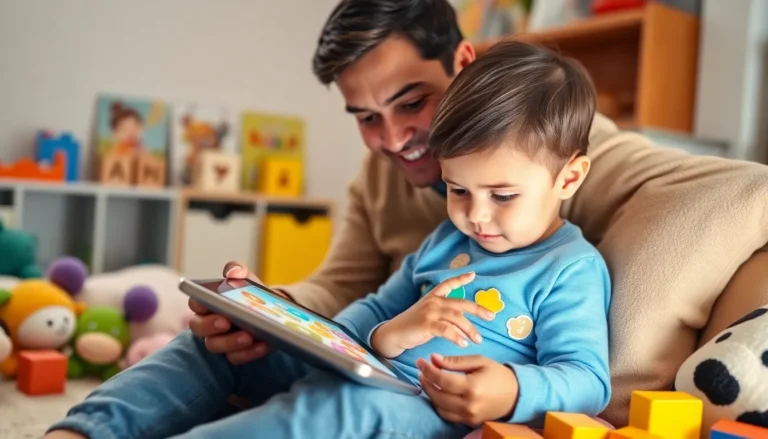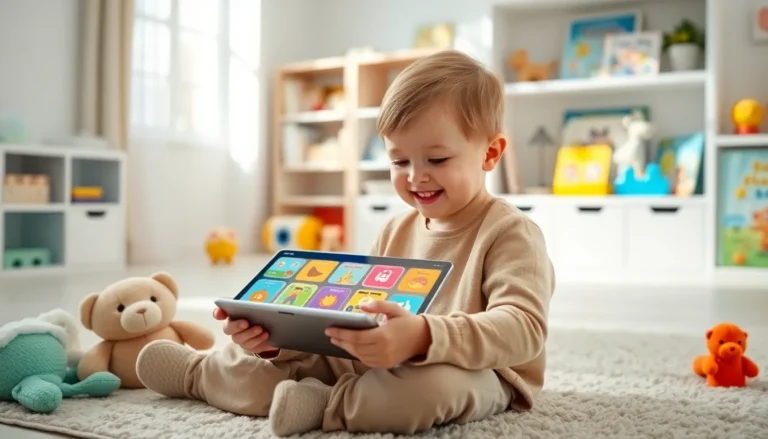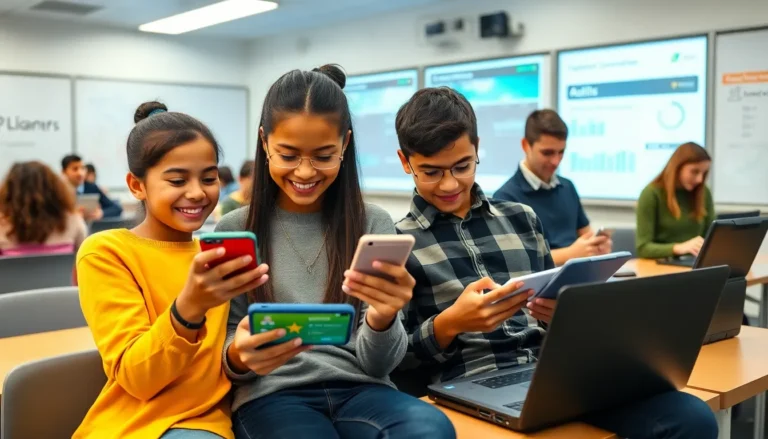Imagine diving deep into the ocean without leaving your classroom, or wandering through the corridors of ancient Rome, all while seated comfortably in your chair. Sounds like science fiction? Enter educational VR apps, the superhero of modern learning. They’re transforming how students interact with information and engage with the world. In this text, we’ll explore how these innovative tools are reshaping education, making it not just informative but thrilling as well. So, grab your headset, and let’s jump into the fun.
Table of Contents
ToggleUnderstanding Virtual Reality in Education
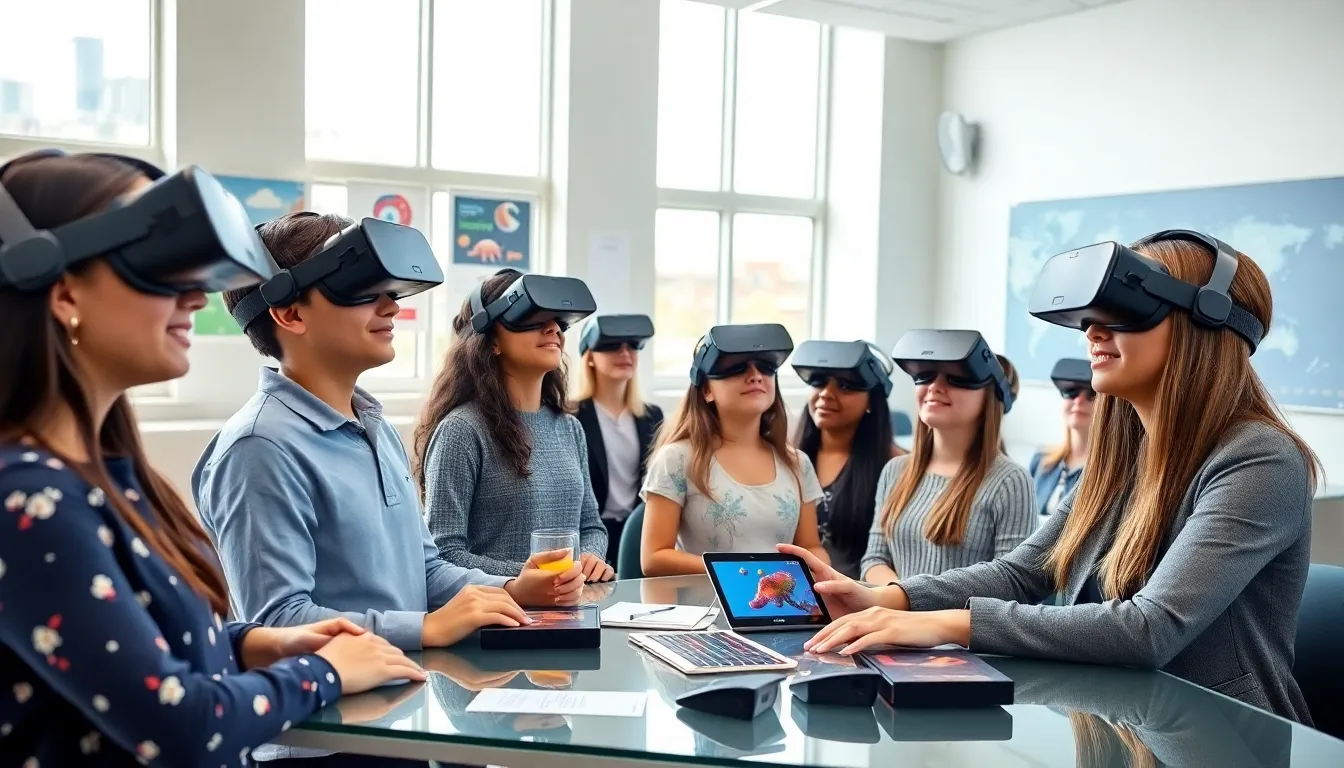
Virtual reality (VR) is a technology that uses headsets to create immersive environments, allowing users to experience digital worlds as if they were real. In education, this means students can visit far-off places, manipulate 3D models, and interact with complex concepts visually and tactilely. By harnessing the power of VR, educators enhance the learning experience, making it more engaging and effective.
The core of VR technology in education involves simulations and interactive lessons. Students can learn through exploration, tapping into their curiosity and inspiring a love for learning. With VR, lessons can transcend textbooks, bridging the gap between theoretical knowledge and practical application.
Benefits of Using VR in Education
The advantages of employing VR in education are numerous, offering both students and teachers a host of benefits. First, enhanced engagement is a major pro. Traditional learning can sometimes feel monotonous, but VR captivates students’ attention, letting them experience lessons in a whole new way.
Also, VR caters to various learning styles. Visual learners benefit from seeing concepts in 3D, auditory learners grasp information through interactive storytelling, and kinesthetic learners thrive in virtual environments that require physical interaction. This multi-faceted approach ensures that all students can connect with the material.
Another huge benefit is the accessibility it offers. Students from different backgrounds can explore locations and scenarios they might never encounter in real life. This opens doors and broadens horizons, helping cultivate empathy and understanding across cultures.
Popular Educational VR Apps
Several educational VR apps stand out in the crowded marketplace, each providing unique experiences for learners. One of the notable names is Google Expeditions, which allows users to explore geographical landmarks, coral reefs, and historical sites all through their VR headsets. This app takes field trips to a whole new level.
Then there’s ClassVR, which offers schools a suite of apps tailored for various subjects such as science and history. With immersive lessons, students no longer just memorize facts: they live them.
Finally, Tilt Brush by Google enables students to unleash their creativity by painting in a 3D space. This artistic app promotes not just creativity but also an understanding of spatial relationships.
These apps are just the tip of the iceberg, showcasing the versatility and potential of VR in the educational sector.
Implementing VR in the Classroom
Incorporating VR into the classroom isn’t just a matter of handing out headsets. Effective implementation requires thoughtful planning and training. Educators should first familiarize themselves with the technology, ensuring they understand its functionalities and potential applications.
Next, curriculum integration is vital. VR should complement existing lesson plans rather than replace them. For example, a history lesson about ancient civilizations could be enhanced with virtual tours of historical sites. This integration can make learning cohesive, allowing students to draw connections between what they learn virtually and its real-world implications.
Finally, schools should consider logistics, including device availability and proper technical support. Ensuring that all students have access to the technology and that teachers can troubleshoot common issues will help maximize the benefits of VR.
Challenges and Considerations
While VR offers fantastic opportunities, it also presents challenges that educators must navigate. One primary concern is cost. Quality VR equipment can be expensive, and schools may need to budget carefully to acquire the necessary technology.
Also, there’s the issue of content quality. Not all VR educational apps are created equal. Some may lack depth or fail to align with educational standards. This necessitates careful vetting of available resources to ensure they meet the desired learning objectives.
Also, not all students may adapt to VR technology equally well. Some might experience dizziness or discomfort when using headsets. Educators must be mindful of these reactions and provide alternatives or breaks during lessons to accommodate varying student experiences.
The Future of Educational VR Apps
Looking ahead, the future of educational VR apps appears bright. With ongoing advancements in technology, we can expect further innovations that enhance interactivity and realism. As VR becomes more accessible, it’s likely that a wider range of schools will incorporate it into their curricula.
What’s more, the development of augmented reality (AR) could combine with VR, expanding the boundaries of immersive learning. Imagine overlaying digital information onto the physical world, enriching real-life experiences with educational content.
AI integration can also personalize learning experiences, adapting lessons to suit individual student needs. This ensures that every learner can make the most out of their VR educational journeys.
